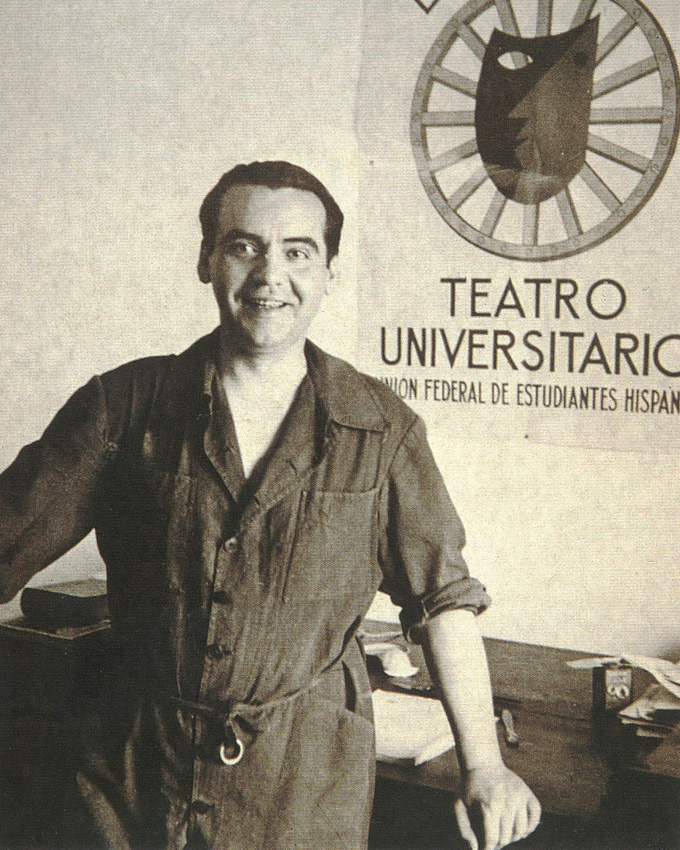“La Barraca,” he explained to Carlos Morla, “was to be portable. A wandering and free theater that will travel the torrid carts of Castille, the dusty roads of Andalusia, all the roads that cross the Spanish countryside. It will penetrate into the hamlets, villages and hamlets, and will set up in the small squares its stages and puppet shows. Resurrection of the traveling farándula of past times”. Federico García Lorca assumed the literary direction along with Eduardo Ugarte. The debut, after rehearsals at the Residencia de Estudiantes, was held in El Burgo de Osma, Soria, with three entrées by Cervantes. The scenography was prepared by Santiago Ontañón, Ramón Gaya and Alfonso Ponce de León. In 1932, La Barraca took Cervantes’ entrées to Galicia and Asturias.

In February 1933, Lorca and Urgarte acquired even more weight in the company. They staged The Land of Alvargonzález, by Antonio Machado; and Fuenteovejuna, by Lope de Vega. The tribute to Lope was repeated in 1935 on the occasion of the commemoration of the third centenary of his death. As the number of performances grew, so did the sincere enthusiasm of the spectators from rural Spain, many of whom had never attended a dramatic performance, and the merciless criticism of the right wing, which accused the company of being an instrument of political propaganda in the service of the recently proclaimed Republic. The enthusiastic applause of the public had a correlate of contempt: sabotage and protests. After the political changes brought about by the Black Biennium, aid to La Barraca decreased until its virtual disappearance in 1935.